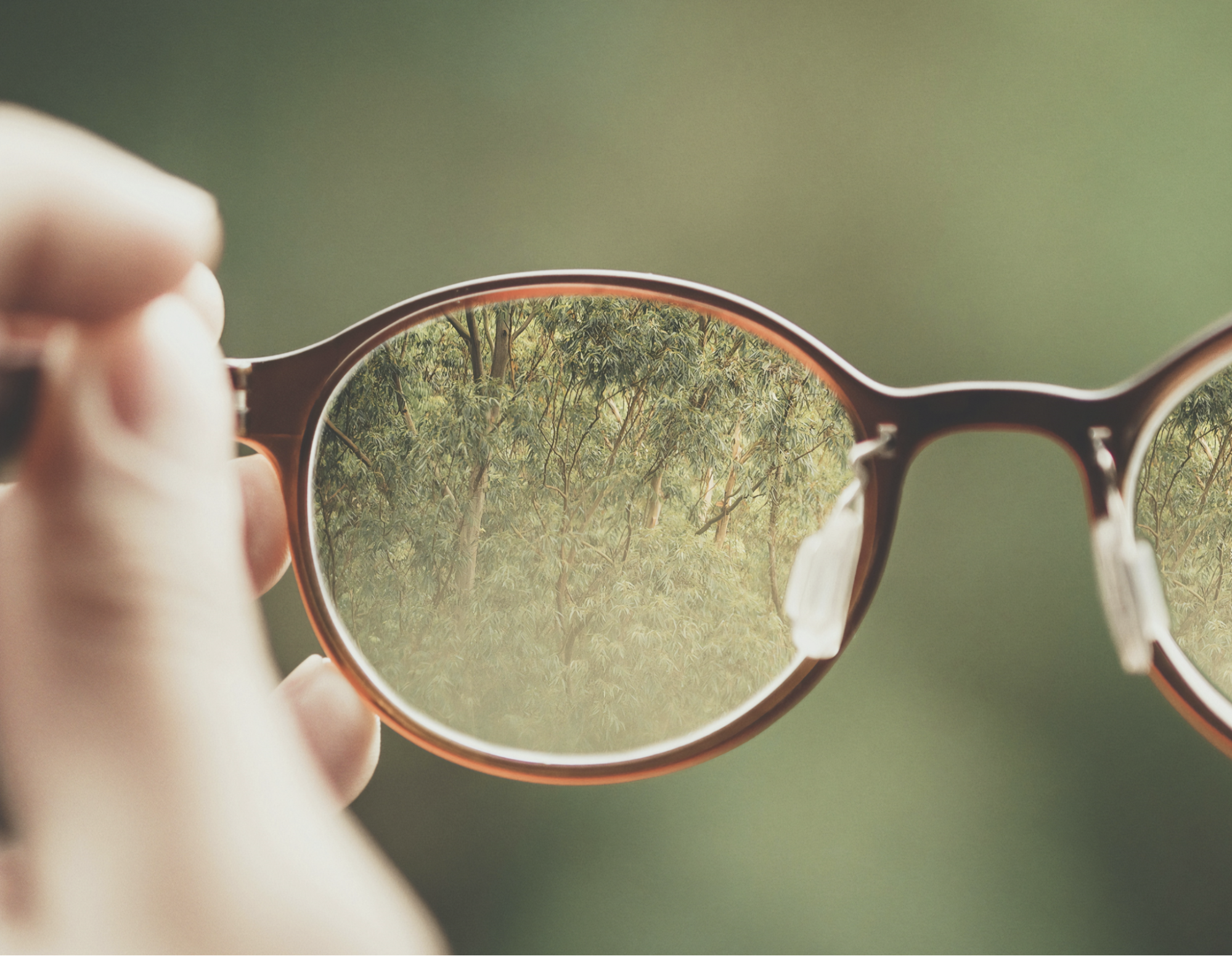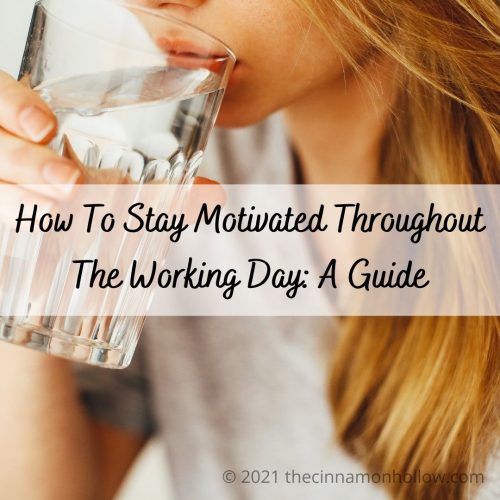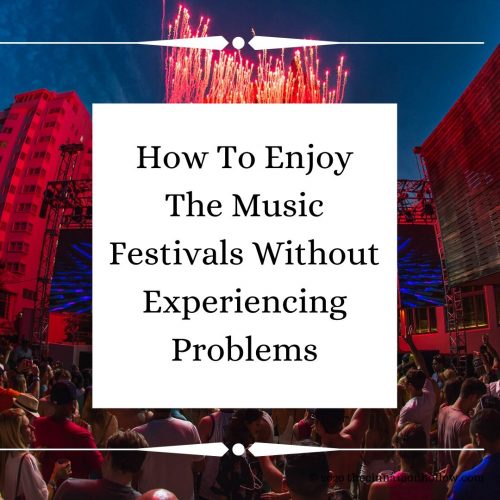Age-related macular degeneration (AMD) has rapidly become a global epidemic, permanently robbing millions of seniors of their central vision and independence. As one of the leading causes of irreversible blindness and disability among those over 65 worldwide, AMD’s increasing prevalence presents an urgent public health crisis. While research fearlessly continues searching for elusive treatments to arrest its progression, practical solutions already exist to help restore day-to-day functioning right now.
Through personalized adaptations maximizing peripheral sight, evolving technology substitutes, and comprehensive vision healthcare support, people currently living with macular degeneration can continue enjoying active, engaged lives. This guide explores the condition, its impacts on daily activities, and an overview of low-vision rehabilitative aids and assistive devices available to provide practical, real-time solutions for coping with AMD’s incapacitating effects. Emphasizing expanding options for adapting personal environments and participation in community offerings amplifies hope by transforming “disability” into mere “inconvenience” – showcasing today’s encouraging optimism and decisive progress for the visually impaired.
Understanding Macular Degeneration
To understand AMD, some basic anatomy of the eye is helpful. The macula is the small central area of the retina responsible for focusing central vision required for fine details. Images are centered on the macula during everyday activities like reading, driving, or recognizing faces. AMD causes damage to this crucial spot, leading to blurry spots, distorted vision, or complete blindness in the affected area.
While researchers don’t fully understand what causes AMD, major risk factors include:
- Advanced age
- Genetics
- Smoking
- Sunlight exposure
- Poor cardiovascular health
AMD progresses in three stages, with the latter two being considered “advanced” with severe vision loss:
Early AMD – Small yellow deposits (drusen) form under the retina with little or no vision loss noticeable.
Intermediate AMD – More substantial drusen accumulation and abnormal pigmentation. Some vision struggles may arise.
Late AMD is characterized by severe loss of central vision caused by damage to retinal blood vessels (wet AMD) and/or atrophy of retinal/macula tissues (dry AMD).
Adapting to Impaired Vision
Since AMD impacts central visual clarity, peripheral vision is often less affected early on. Making the most of side vision through lifestyle adaptations and technology assists patients in better coping with AMD’s effects on daily living.
Some key recommendations include:
Lighting—Reducing glare and increasing illumination maximize usable vision. Add adjustable lamps, diffuse lighting, and light-blocking shades.
Contrast—Mark the edges of stairs, thresholds, and obstacles with bright tape. Choose high-contrast décor colors. Dark dishes on light placemats maximize meal visibility.
Magnification – Bring reading material closer to utilize near peripheral vision. Increase font sizes on devices. Use portable or wearable magnifying lenses.
Technology – Audiobooks, screen readers, voice controls, prescription glasses, and electronic magnification devices compensate for visual deficits.
Low Vision Aids and Devices
Whether adapting your home environment or utilizing helpful gear, various products serve as “vision substitutes” for daily tasks impacted by AMD. These low vision aids maximize the use of remaining vision to maintain independence.
Optical Magnifiers
From simple magnifying glasses to advanced video magnification systems, optical tools make reading and inspection easier by enlarging images. Options include:
- Handheld magnifiers – Single lens tools for short-duration close Tasks.
- Stand magnifiers – Hold reading material under larger fixed lenses.
- Spectacle magnifiers – Glasses with built-in lenses for mobility.
- Electronic magnifiers – Portable devices projecting enlarged text onto a display.
Writing and Signature Aids
Signing documents or writing by hand requires visual guidance. The following gadgets provide tactile or audio feedback for greater accuracy:
- Signature guides – Templates with cutouts properly position signatures.
- Writing aids – Grids, rulers, or forms keep words straight.
- PenFriend audio labeler – A handheld device scans barcodes and speaks labeling information aloud to confirm products.
Lighting Solutions
Proper lighting is crucial for maximizing fading usable vision. Helpful products include:
- Portable table/floor lamps Supplement overhead lighting in bedsides, seating areas, and prep spaces lacking natural light.
- Lightboxes – Desktop slant-top workstations with built-in illumination for close tasks.
- Glare control filters – Attach to screens or wear as glasses to cut reflective glare.
- Sunvisors – Lightweight visors, typically with side panels, block overhead sunlight outdoors.
Daily Living Aids
Other aids can assist with routine activities requiring precise vision, like cooking, dressing, medication management, etc:
- Large print everything – Clocks, phones, kitchen tools, household controls, and more- are now manufactured with high contrast, oversized numbers/markings.
- Bump dot coding – Adhesive plastic dots in various shapes adhere to objects for tactile identification without sight.
- Magnifying mirrors – Essential for precise grooming and hygiene when standard mirrors lack sufficient reflection size.
- Talking devices—From talking blood glucose monitors to audible color detectors, a wide range of equipment now provides voice guidance in lieu of display readings.
This list highlights only some of the numerous product categories and options to explore. To survey a comprehensive selection of low-vision aids, visit this resource.
Coping With Sight Loss
Losing one’s vision can be scary, frustrating, and depressing, especially when formerly effortless tasks become difficult. But taking time to grieve, rebuilding confidence, and maintaining social connections are vital. Counseling services through vision loss outreach organizations can provide peer and professional support.
Modifying activities rather than eliminating them is critical. Adaptive recreation groups offer amateur sports opportunities for the blind, including beep baseball and goalball. Apps like Be My Eyes let volunteers assist vision-impaired users through video chat. The availability of audiobooks, home delivery services, and remote access for everything has exploded recently, with even more innovations sure to follow.
Staying engaged and asking for help whenever needed promotes overall health and wellness. The journey brings challenges, but living a rewarding, independent life is entirely possible with today’s ever-evolving low-vision technology and care resources.
Conclusion
Age-related macular degeneration leading to central vision loss profoundly impacts daily living and independence. However, through appropriate lifestyle adaptations, high-quality, low-vision aids, and available care support, patients can successfully adjust while making the most of their remaining functional vision.
From state-of-the-art electronic magnification tools enabling text viewing to simple audible label readers accurately identifying grocery items, innovative assistive devices help transform previously tricky tasks into manageable activities. Combined with scaled-up telehealth services and expanding social/community offerings tailored for blind people, today’s visually impaired enjoy more dynamic life opportunities than ever before, thanks to both low- and high-tech tools maximizing their usable sight.
We are not doctors and this is in no way intended to be used as medical advice and we cannot be held responsible for your results. As with any product, service or supplement, use at your own risk. Always do your own research before using.







